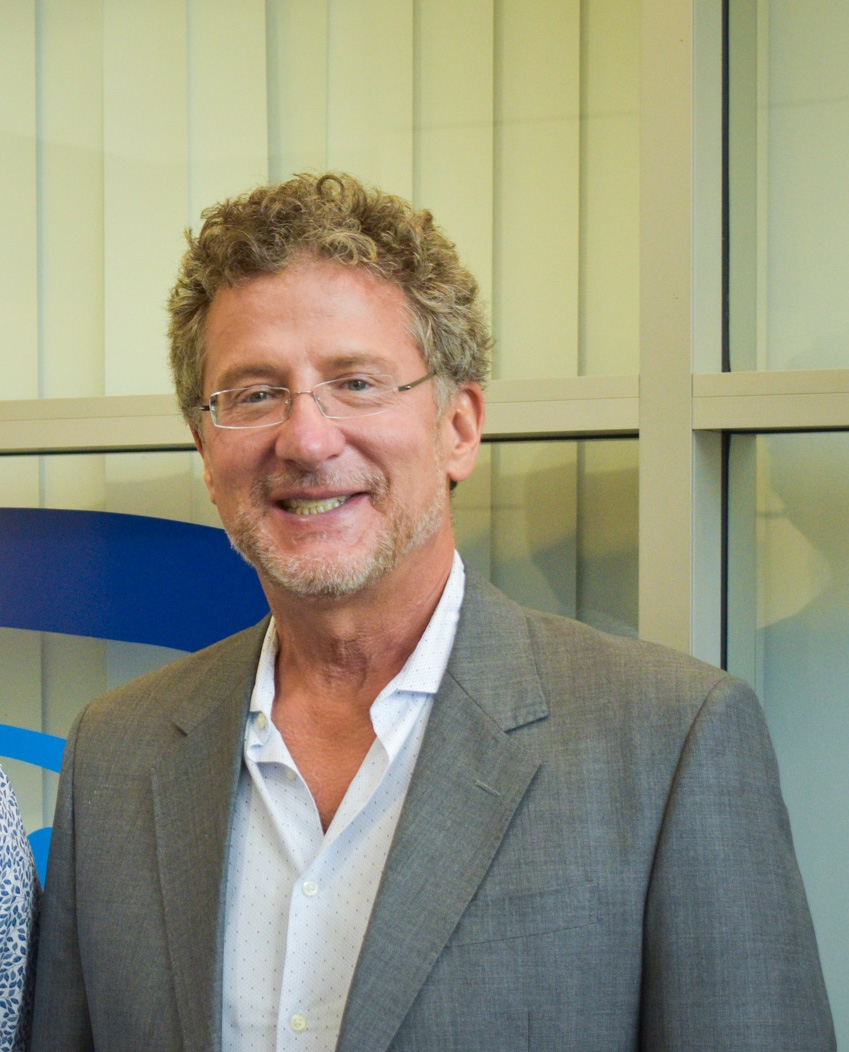Sport, Health & Wellbeing
COVID-19: The need to fill the spatio-temporal data vacuum
The coronavirus is impacting countries, populations – indeed, the planet.
And in order to combat the COVID-19 planetary pandemic, we need a multi-dimensional understanding of the big picture – certainly, we need to move beyond just looking at case numbers, recovery and death counts, says the University of Canberra’s Professor Mark Daniel.
The Professor of Epidemiology leads the Spatial Epidemiology Research Group at UC’s Health Research Institute (HRI). He conducts extensive work at the Australian Geospatial Health Laboratory (AGeoH-L), the ground-breaking result of a partnership between the UC and Esri Australia, the global leader in the Geographic Information System (GIS) technology underpinning its work.
“One of the things that I’m really concerned about right now is the strong focus on case numbers, which can be quite deceptive,” says Mark, whose 30-year career has seen him work on infections like doctor-reported influenza, pneumococcal disease, streptococcus, gastrointestinal diseases, Hepatitis C, and HIV/AIDS.
An over-simplification of the numeric impact of COVID-19 is especially relevant given the variable degrees of testing implemented thus far, which can further skew the data.
“What we’re still not seeing reported are incidence, prevalence or attack rates. Prevalence rates are the proportion of people infected in a total population at risk, at a point in time or over a period of time,” Mark says.
Incidence rates, on the other hand, will tell you the rate of development of a disease over time in the population at risk for disease. Attack rates express the proportion of people who develop the disease after confirmed exposure to people with disease.
“These are the numbers that matter,” Mark says – because they inform monitoring, assessment, prevention and response efforts in ways that drawing on simple tallies of people infected, who have recovered, or died as a result of contracting COVID-19, do not.
“Once you have real figures for prevalence, incidence, and attack rates, it’s also important to standardise the data according to age and sex, especially to meaningfully compare the extent of disease between different countries, regions and locations,” Mark says.
Doing this requires providing the locations of cases to researchers, Mark says, but this can be done with strategies to maintain individuals’ privacy in place.
Knowing the rate of development of a disease is crucial to know what type of intervention to apply.
Public health interventions exist on a spectrum, ranging from individual interventions at one end to interventions impacting the population at the other, with a plethora of possibilities book-ended between.
In terms of COVID-19, an individual-level intervention could focus on an information campaign to get people to wash their hands properly and frequently or understand and diligently practise physical distancing.
Swing to the other end of the spectrum, and it could be a state-wide lockdown, if physical distancing and self-isolation measures were ignored and therefore didn’t slow the spread.
“A cluster of infection in what turns out to be an aged care residence will have to be treated quite differently from a sudden spate of cases in a neighbourhood of young families, for instance,” Mark says.

Understanding where things are happening, at what scale, and over what period of time, is similar to spatio-temporal mapping done in the case of the recent bushfires in Australia – “Knowing where to send in the firefighters, and where to send in water-bombing aircraft,” Mark says, and therefore making the most of finite resources.
Data on rates of development, and deaths, can also indicate where, how and for how long an intervention should be put in place. Short-term physical distancing and isolation may slow the spread, but without proper data, what will guide policymakers as to the length such measures may have to be in place?
Everyone should take the COVID-19 pandemic seriously, Mark says, but some perspective is needed to quell public panic.
“Because of the high communicability of COVID-19, all recommended protective measures should be taken, including physical distancing, self-quarantine and isolation, proper hand-washing – these are the ways to protect ourselves,” he says.
“However, every epidemiologist knows that when a test for a particular disease is introduced, rates of that disease will suddenly go up – of course, because now it is being scanned for, whereas before, no one knew what the background rate really was,” he says.
“We don’t know the background prevalence of this particular coronavirus, it could have been around for quite a while, with affected people succumbing to an ‘influenza-like illness’.”
“The magnitude of COVID-19 could also be put into context, Mark says: “Without downplaying the risks and high communicability of COVID-19, consider that in Germany thus far, two months into the pandemic, 920 people have died from COVID-19.”
“In the same country, 25,000 people died from influenza in the 2018 flu season, which ran for two to three times longer than COVID-19 has been with us so far.
“It is unclear how long it will take for public health measures to quell COVID-19, but the point is we have faced and survived past epidemics without stalling the world economy, a possibility that could have dire and unprecedented impacts on global population health … far exceeding the direct impact of COVID-19.
“When you look at what’s happening with panic-buying, and what some might see as media-led scaremongering, that is just detrimental and will harm us in the mid- to long-term,” he says.
“We need to protect ourselves against a virus … but also make sure that supply chains don’t collapse, that the economy doesn’t disintegrate, and in turn affect the healthcare system.

“The response, from government and public alike, should be rooted in science rather than emotion, should be proportionate and appropriate to the actual problem,” Mark says.
Which brings us back to those all-important numbers.
“Spatial epidemiology and health geography can play a huge role in pandemic monitoring and response, and should be funded as such,” he says.
“Epidemiology is a cornerstone of public health, and particularly crucial right now, but I have yet to see any calls to research the specific epidemiology of COVID-19. I hope this changes.
“We are well-positioned at AGeoH-L to conduct such research, and this could feed into well-reasoned initiatives to manage cases that can be standardised, and therefore minimise infection.”
While we do all we can to ‘flatten the curve’, it would greatly help to know where resources need to be most effectively directed to make that happen – and just how flat that curve needs to be in order to effect a meaningful change to our current reality.
Words by Suzanne Lazaroo, photos by Madeleine Wood and stock images